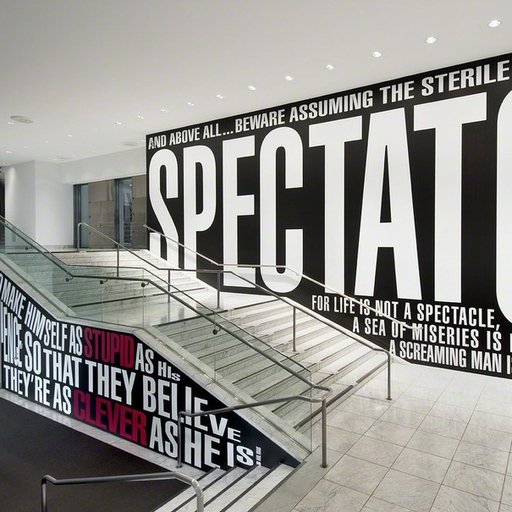William Brice
Beginning his career as a figurative painter inspired by artists such as Picasso and Matisse, William Brice redefined his practice by creating large scale paintings which merge abstraction with the images of Mediterranean ruins. Turning away from his figurative work which highlights the geometric qualities of objects, Brice’s paintings of architectonic forms produce a fragmentary quality within his work. This fragmented repetition creates motifs which result in a language and dialogue of his own. Generating a visual poetry through his work, Brice constructs myths inspired by early classicism. In doing so, his work acts as an important link between European history and American postwar art. Along with abstract architectural motifs, other recurring symbols within Brice’s work include massive phallic shapes and stony vaginal monoliths which suggest a gentle eroticism. While not actively sexual, these erotic symbols allude to the body and gender stereotypes. Paying homage to big rocks and crumbling statuary, Brice overlays these compositions with an ethereal quality through soft washes of color and the blurring of figures. The monumental quality of Brice’s work allows viewers to be transported to a new site as they are dominated by its size and come face to face with its surface.
Brice …
Beginning his career as a figurative painter inspired by artists such as Picasso and Matisse, William Brice redefined his practice by creating large scale paintings which merge abstraction with the images of Mediterranean ruins. Turning away from his figurative work which highlights the geometric qualities of objects, Brice’s paintings of architectonic forms produce a fragmentary quality within his work. This fragmented repetition creates motifs which result in a language and dialogue of his own. Generating a visual poetry through his work, Brice constructs myths inspired by early classicism. In doing so, his work acts as an important link between European history and American postwar art. Along with abstract architectural motifs, other recurring symbols within Brice’s work include massive phallic shapes and stony vaginal monoliths which suggest a gentle eroticism. While not actively sexual, these erotic symbols allude to the body and gender stereotypes. Paying homage to big rocks and crumbling statuary, Brice overlays these compositions with an ethereal quality through soft washes of color and the blurring of figures. The monumental quality of Brice’s work allows viewers to be transported to a new site as they are dominated by its size and come face to face with its surface.
Brice taught and mentored a generation of artists through his tenure at UCLA from the ‘50s to the ‘90s including contemporary artists Judy Chicago and Charles Garabedian. Brice’s work can be found in the permanent collections of major institutions such as the Los Angeles County Museum of Art, Los Angeles Museum of Contemporary Art, the Art Institute of Chicago, and the Whitney Museum of American Art in New York.





